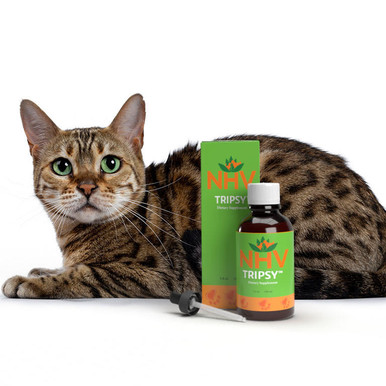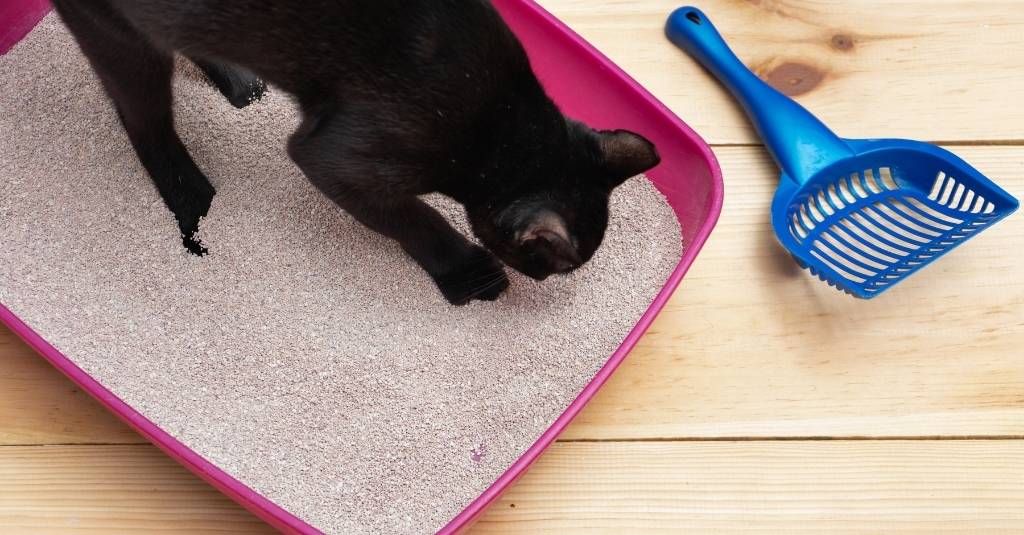
Pandora Syndrome in Cats
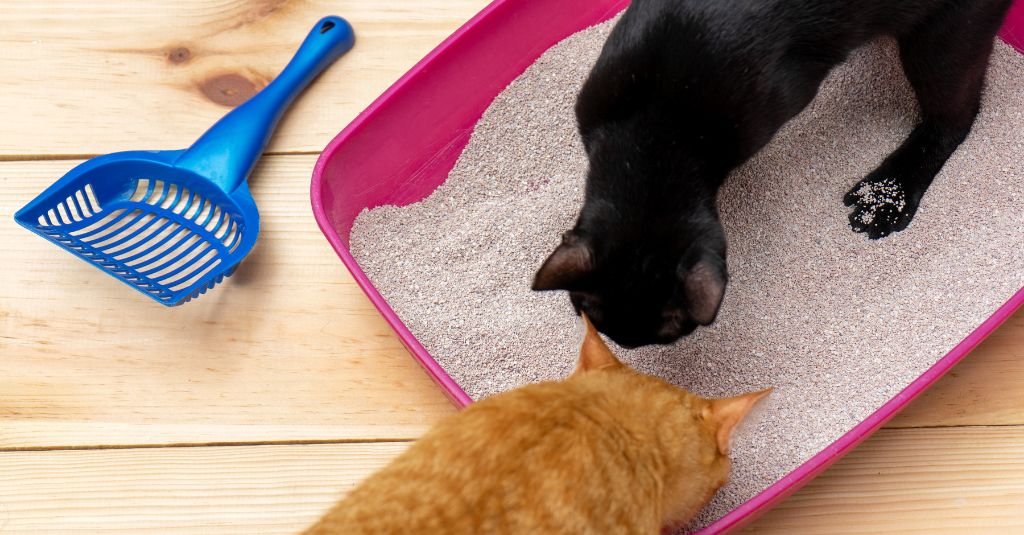
Pandora Syndrome, also known as Feline Idiopathic Cystitis, is a multifaceted condition affecting cats. Although it is normally manifests as urinary tract problems, it often combines many factors such as physical and/or behavioral symptoms that may impact the cat’s overall health. Different form urinary infections, Pandora Syndrome more complex and combines many factors, making it a challenging condition to diagnose and treat.
Need Professional Guidance?
Schedule a consultation with one of our expertsSymptoms of Pandora Syndrome in Cats
Some of the symptom of Pandora Syndrome include:
• Difficulty with urination or frequent visits to the litter box.
• Presence of blood in urine.
• Peeing outside of the litter box.
• Showing signs of pain, that can be manifest as vocalizing while in the litter box.
• Changes in behavior that can include anxiety, aggression, etc.
• Decreased appetite or/and low activity levels.
However, it is important to note that those symptoms can change depending on the severity, and some cats may have periods of feeling better but can also have flare-ups.
Causes of Pandora Syndrome
The exact cause of Pandora Syndrome is unknown; however, some studies have suggested that it may be cause by a combination factor for example stress, inflammation in the bladder or other parts of the body, and lack of stimulation or even overstimulation can contribute.
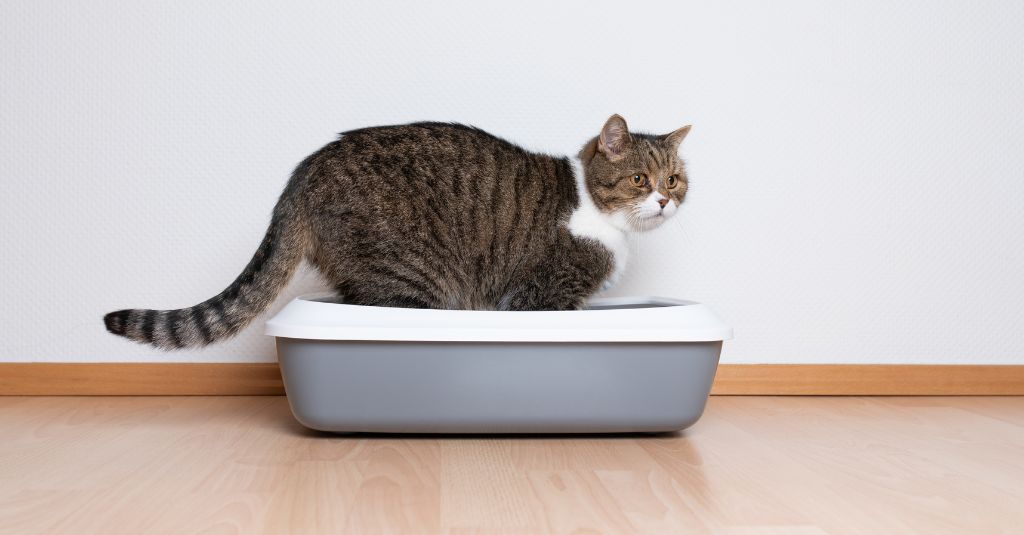
Diagnosis
As Pandora syndrome is based on exclusion of some conditions you will need to visit your vet to have a physical examination to assess your fur baby’s overall health. Also, your vet may request analysis of your little one urine to check for infection, crystals, and other possible conditions. Furthermore, imaging tests such as X-rays and ultrasounds to check for stones or even tumors.
Treatment for Pandora Syndrome in Cats
The management of Pandora Syndrome is focused on reducing stress and addressing any underlying conditions. Here are some tips:
• Reduce Stress such as providing a predictable routine, using pheromone to creating an environment this is calm.
• Enrich the environment ensuring multiple litter boxes placed in quiet areas. Also, offering toys that stimulate the curiosity of your cat. It is important to maintain the environment clean as well.
• Changes in diet such as transition to a specialized diets designed for urinary health that are high-quality, humid may help improve hydration and may reduce irritation in the bladder.
• Consulting with your regular veterinarian that can prescribed pain medications during flare-up times. Also, if necessary, your vet may prescribe anti-anxiety medication to help reduce the levels of stress.
Recommended Products
In addition to traditional treatments, holistic support can enhance your fur baby’s recovery and overall well-being. I would strongly recommend the following NHV products:
• NHV Tripsy: A natural supplement that supports urinary tract health and helps reduce inflammation.
• NHV Matricalm: Helpful for managing anxiety and stress in cats, promoting a calmer demeanor.
• NHV Multi Essentials: Help to provides vital nutrients to boost overall health.
• NHV Turmeric or PetOmega 3: Both are known for their anti-inflammatory properties; they may help manage chronic inflammation associated with Pandora Syndrome.
By integrating NHV supplements into your little one’s plan treatment, you may provide a comprehensive support for their physical but also emotional needs.
Conclusion
Pandora Syndrome can be a challenging condition to manage; however, with the right approach, we can improve the quality of life of our fur little one. If you notice any concerning symptoms, it is important to consult with your regular veterinarian. Along with you regular vet, NHV can tailor a plan that addresses your cat’s unique needs, ensuring they are happy and healthy.

NHV Tripsy
Tripsy- helps support pets with urinary tract, kidney, and bladder problems.

Tripsy- helps support pets with urinary tract, kidney, and bladder problems.
- item number
- ph1550fbd
- weight
- 0.7
-
Description
- item number
- ph1550fbd
- weight
- 0.7
-
Ingredients
-
Dosage
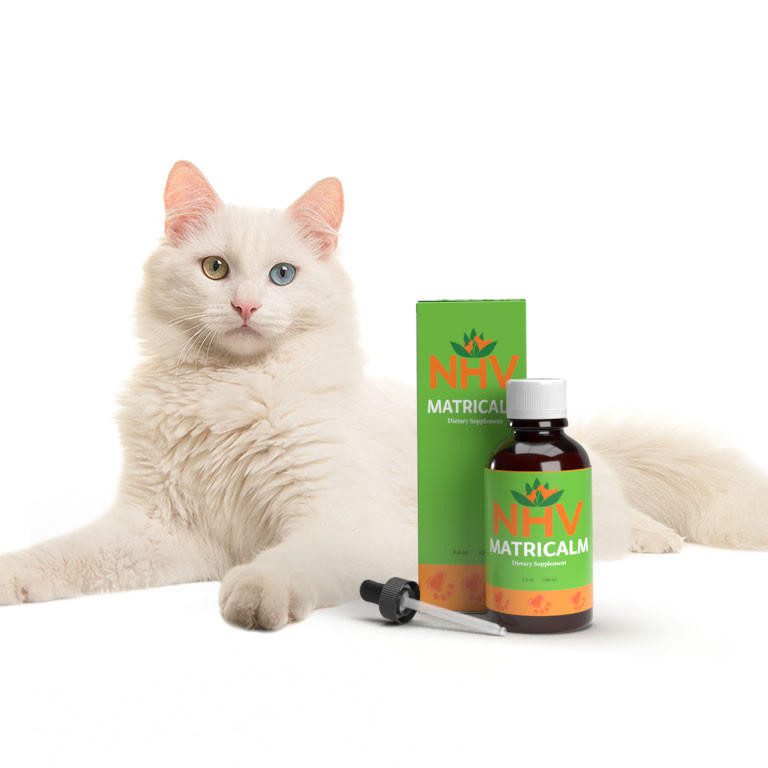
Matricalm for Pets – Stress and Anxiety Support
Matricalm - Helps support pets suffering from stress and anxiety.

Matricalm - Helps support pets suffering from stress and anxiety.
- item number
- ph1100fbd
- weight
- 0.7
-
Description
- item number
- ph1100fbd
- weight
- 0.7
-
Ingredients
-
Dosage

Multi Essentials for Pets – Nutritional Support
Multi Essentials - blend of herbs that have good nutrional value for over all health of pets

Multi Essentials - blend of herbs that have good nutrional value for over all health of pets
- item number
- ph1200fbd
- weight
- 0.7
-
Description
- item number
- ph1200fbd
- weight
- 0.7
-
Ingredients
-
Dosage

 USD
USD
 Canadian Dollars
Canadian Dollars

